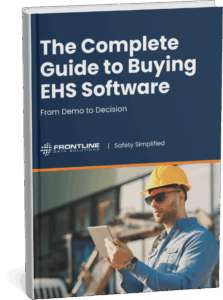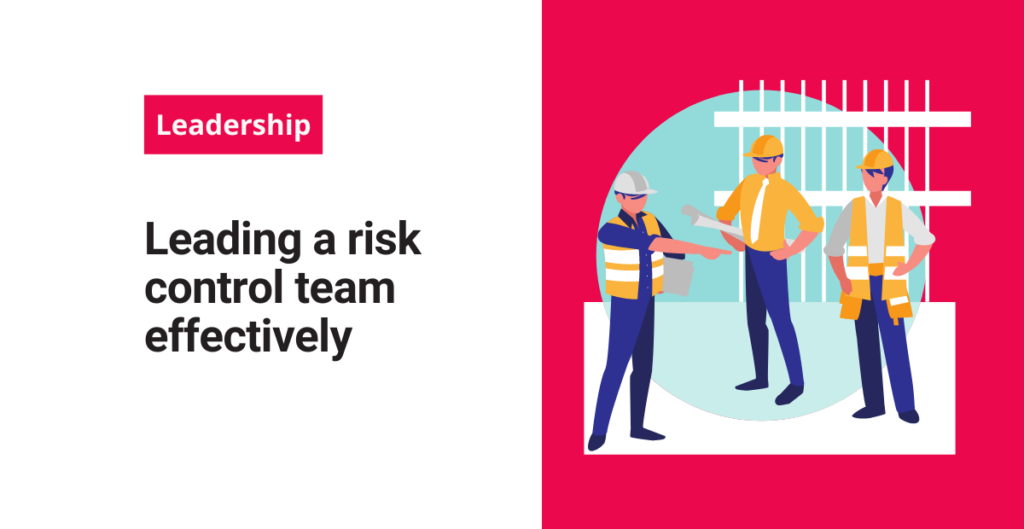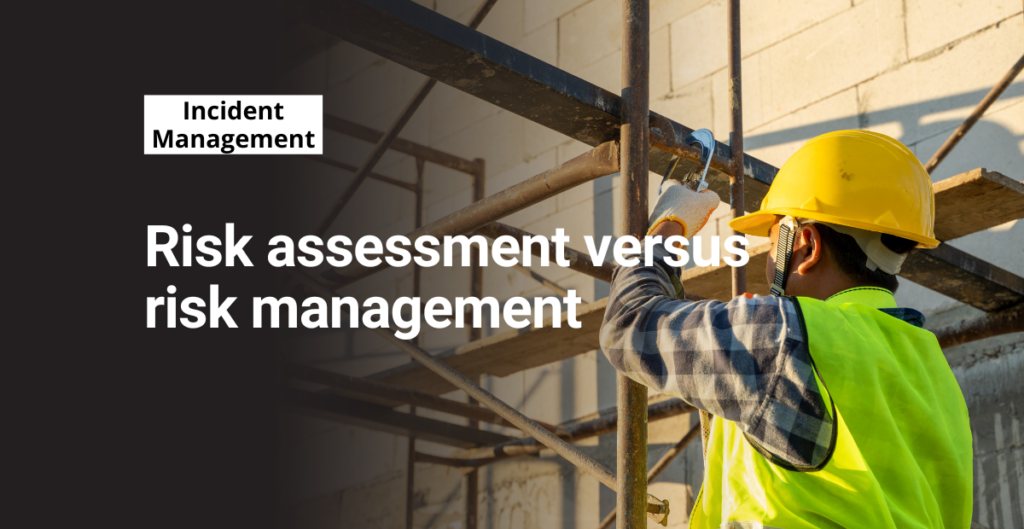Proactive risk management is a hallmark of operational excellence. Until you implement it at your company, you’ll always be at risk of unnecessary costs, incidents, and inefficiencies.
What Is Proactive Risk Management?
Proactive risk management is the practice of identifying, assessing, and mitigating risks before they cause incidents or compliance issues. It relies on your knowledge of the risks within your company and the different control measures you have in place. Without this knowledge, you won’t be able to fully predict and respond to risks in real time.
Examples of Proactive Risk Management
There are lots of ways you can take a proactive approach to controlling and eliminating risks. Some common methods teams use to do this include:
- Conducting routine hazard assessments
- Pre-task planning and review
- Formal change management processes
- Training employees to handle risks effectively
In industries with strict safety and environmental regulations, a proactive approach is essential for protecting people, processes, and profits. This includes industries like oil and gas, alternative energy, or any manufacturing subsectors that involve highly hazardous materials or processes. But proactive risk management applies to departments other than safety like finance, operations, HR, and quality. The better you predict risks and the earlier you control them, the safer your company will be.
The Cost of Unmanaged Risks
Relying on reactive risk management exposes your company to unnecessary costs and consequences. Here are some of the biggest costs of waiting until risks grow to do something about them:
- Higher Incident Rates: Without proactive systems in place, your team might miss hazards until they cause injuries, property damage, quality issues, or process disruptions.
- Regulatory Penalties: When you don’t document risk assessments, training, or corrective actions, or do so inconsistently, it increases the likelihood of non-compliance during audits or inspections.
- Reputational Damage: Safety failures can erode employee trust and harm your company’s public image, especially in industries where community or environmental impact is a concern.
- Operational Inefficiency: Managing issues after they occur means lost time, wasted resources, and reduced productivity.
- Increased Insurance Costs and Liability Exposure: More incidents often lead to higher premiums and potential legal action.
Not managing risk proactively puts your company in a cycle of damage control. That makes it harder to grow, innovate, or improve long-term safety performance. If you really want to take a proactive approach to risk management, EHS software is essential.
Why EHS Software is Essential for Reducing Risk
Proactive risk management needs consistency, speed, and visibility. Manual tools like spreadsheets, paper forms, and emails just can’t keep up. That’s why EHS software is necessary for building a scalable and sustainable risk management program.
With a digital system, you can:
- Standardize safety processes across teams and locations, ensuring that your team finds and manages risks consistently.
- Streamline data collection from inspections, audits, incidents, and observations, so you can detect trends and act faster.
- Automate follow-up on corrective actions and task assignments to prevent things from falling through the cracks.
- Create accountability with clear documentation of who did what, when, and why.
- Improve communication across departments and shifts by centralizing tasks, notifications, and records
- Support change management by requiring formal reviews, approvals, and training before operational changes go live.
- Deliver real-time insight into safety performance, so your leadership team can make smarter, data-backed decisions.
Whether you’re trying to prevent your next recordable incident or preparing for a regulatory inspection, EHS software provides the infrastructure to stay ahead of risk.
Free PDF Version with Bonus Content Included!
Download the free PDF version of our EHS Buyer’s Guide to get get bonus content about the process of evaluating and selecting software vendors.

Best EHS Software for Proactive Risk Management
At Frontline Data Solutions, we offer four integrated software tools that give your team everything it needs to manage risk proactively:
- Frontline ACT: Track incidents, manage audits, and close out corrective actions to eliminate repeat problems.
- Frontline MOC: Manage operational changes through structured workflows, risk assessments, and approvals.
- Frontline LMS: Keep your workforce trained and ready with role-based learning plans and automated course tracking.
- Frontline CSM: Manage contractor onboarding, training validation, and work permits to ensure third-party safety compliance.
Our tools are simple to use, quick to deploy, and built specifically to help you reduce risk, support compliance, and improve overall safety.
Exploring EHS software? Book a demo with our sales team to figure out whether our tools are a good fit for your team.




